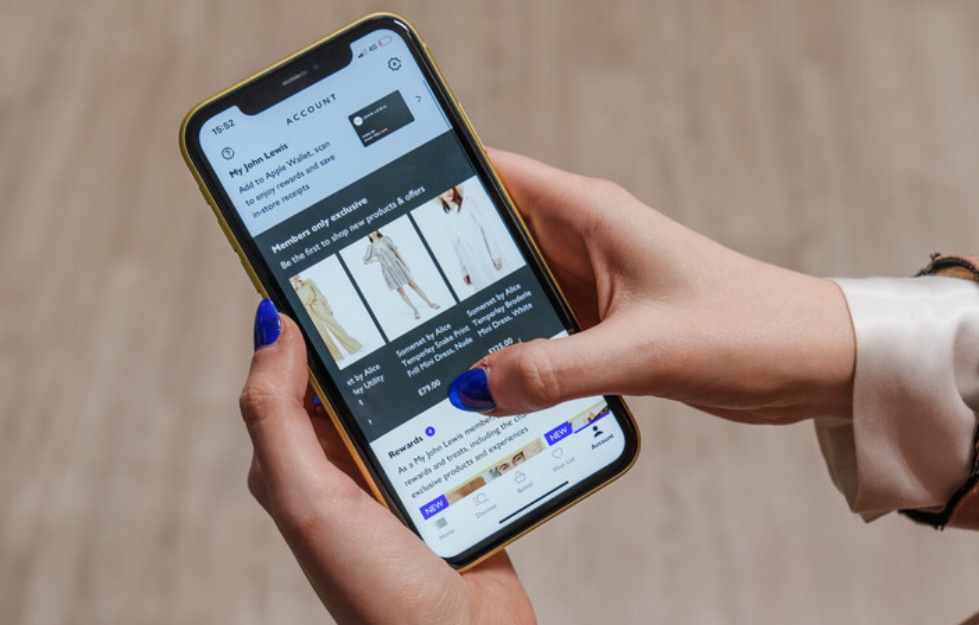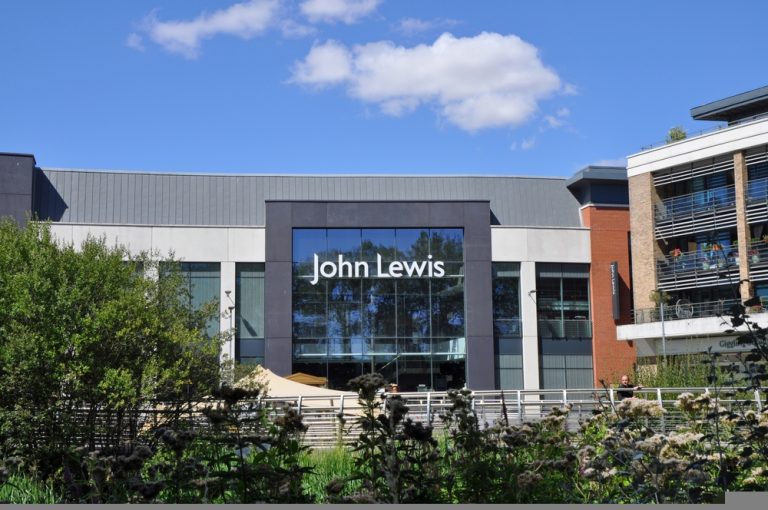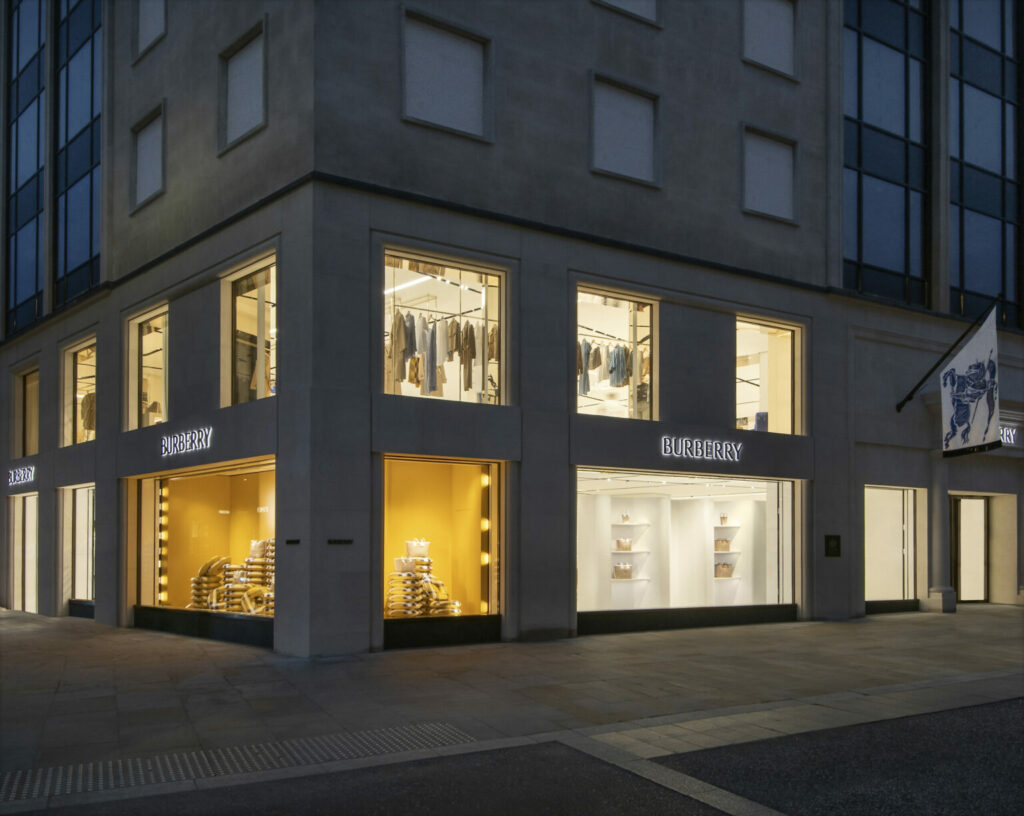Unified retail, which enables retailers to bring together all aspects of their brand, product and marketing under a single platform, is increasingly being adopted across the industry.
Retail giants John Lewis and H&M are two businesses that are taking this approach.
John Lewis director of omnichannel Cassandra Bergsland tells Shoptalk Europe that despite her job title, “omnichannel feels like its focusing on business needs, while unified commerce is what customers are doing”.
“We’re focused on what the customer wants and how we can be there.”
Bergland explains that to bring the customer a unified retail experience “you have to figure out the characteristics of each channel and what makes them sing”.
How the app connects experiences
The John Lewis app has been an increasingly important part of the department store’s offer and accounted for a quarter of all online sales last year. It is also an element that helps to unify the experience.
“We have a huge number of consumers using the app and then shopping in-store, it’s a great way to communicate our message,” she says.

Servicing a broad base of customers has been a challenge to John Lewis. Bergsland says the retailer has been developing features on its app to appeal to both its younger and older customers.
Subscribe to Retail Gazette for free
Sign up here to get the latest news straight into your inbox each morning
H&M has also made the app a core part of a unified shopping experienced.
The global fashion giant has made its app a personalised shopping tool through its popular in-store mode.
When the mode is activated, shoppers can use the app to browse the in-store selection to easily locate their favourite items and check product availability in that particular branch.
Another popular feature of H&M’s app is its loyalty programme, which can only be accessed via the app.
H&M’s head of marketing and digital sales, south Europe Sara Sjöberg says: “That was the key for the app to take off.”
While unable to disclose any specific numbers, she says H&M’s app usage is “very high”.
The fashion retailer aims to use digital to help customers as they shop because by “adding features that make it easier, we can inspire and enhance their experience”, according to Sjöberg.
A digitally-focused retail staff
Features like the in-store mode are crucial, particularly for Gen Z customers, as Sjöberg says “these days young consumers know more about products than the shop assistant”.
She explains that customers browse multiple touchpoints and paid media to scour for items they want.
Because of this, store staff “must be equipped with the right tech and tools to service those customers” and offer up alternatives when items are unavailable in-store through its app, she says.
“We have to let them know the aisle is endless.”
Bergsland says as it ramps up its digital strategy it has had to ensure it brings its staff on the journey.
“60% of sales come from online and as we see culture changes we have to pivot to be there for the consumer.”
She adds that there’s “a lot of education going on and that’s a huge part of what a heritage retailer has to go through”.
Click here to sign up to Retail Gazette‘s free daily email newsletter


















